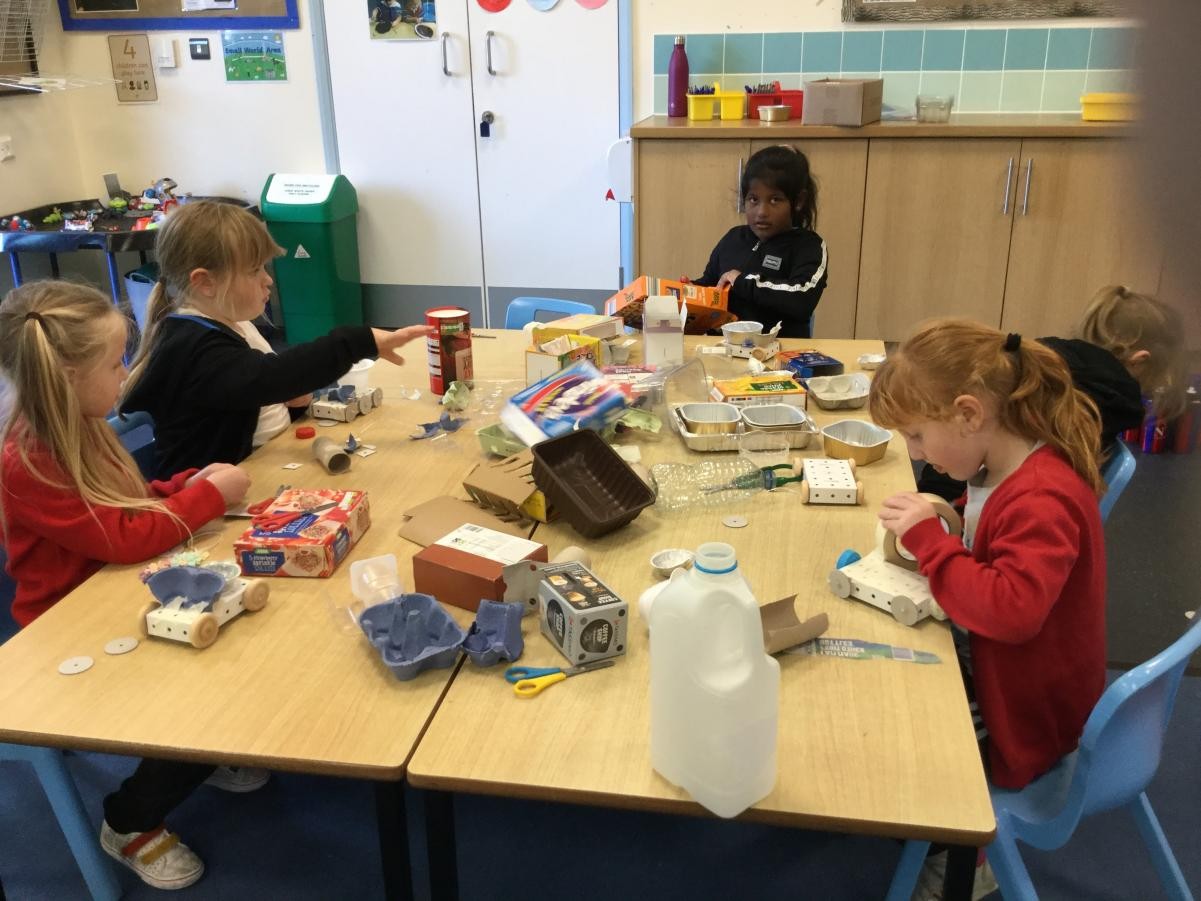Rationale: Purpose of Study (taken from the National Curriculum)
Art, craft and design embody some of the highest forms of human creativity. A high-quality art and design education should engage, inspire and challenge pupils, equipping them with the knowledge and skills to experiment, invent and create their own works of art, craft and design. As pupils progress, they should be able to think critically and develop a more rigorous understanding of art and design. They should also know how art and design both reflect and shape our history, and contribute to the culture, creativity and wealth of our nation.
Intent
At Nanpean School, we believe that every child has the right to receive an Art Curriculum that delivers rich opportunities for exciting and inspiring experiences, through equipping children with the knowledge and skills they require to confidently experiment, invent and create their own works in order to become more proficient in their skills when using a range of media. By ensuring we provide a robust and consistent progression of skills across the school, our children are able to build upon their learning year on year. The children should also begin to think critically about art and design, and develop their understanding of how it has reflected and shaped our history, and contributed to the culture, creativity and wealth of our nation. Ultimately, we intend our children to grow as artists and have the potential to excel within the Art Curriculum at Nanpean School.
Implementation
Art is greatly valued at Nanpean School, and we view it as a means for children to express their thoughts, feelings and emotions through a wealth of high quality tools and media. In order to do this, we follow the breadth of the programmes of study of the National Curriculum for Art and Design.
The skills and knowledge that children will develop are mapped across each year group and are progressive throughout the school. The emphasis on knowledge ensures that children understand the context of the art work, as well as they artists that they are learning about and being inspired by, including those from different times and cultures, and apply this knowledge to their own work. This enables links to other curriculum areas, where appropriate, with children developing knowledge of individual artists, as well as individual works and art movements. We also make links, where appropriate, with local artists, as part of our FAB Curriculum. A systematic approach to the development of artistic skills means that children are given opportunities to express their creative imagination, as well as to practise and develop mastery of the key processes of art: drawing, painting, printing, textiles and sculpture.
The consistent use of children’s sketchbooks means that children are able to review, modify and develop their initial ideas to achieve progress and high quality outcomes. In this, the children learn about the key principles of line, tone, texture, shape, form, space, pattern, colour, contrast, composition, proportion and perspective. The opportunity for children to refine and develop their techniques over time is supported by effective lesson sequencing and progression between year groups. This also supports children in achieving age related expectations.
Impact
Our Art and Design Curriculum is of high quality, is well thought out and progressive in terms of children developing knowledge and skills. Feedback from a Subject Review and Pupil Conferencing during the 2023-24 academic year has shown:
- Children from all backgrounds enjoy and value Art and Design lessons and learning. They enjoy the process of creating Art as well viewing their finished product and appraising these.
- Children are able to use different processes in Art, and the Curriculum is enabling them to develop technique.
- Children have knowledge of Artists, and can explain key facts, as well as an awareness of how this has shaped history and culture.
- Children are becoming more confident at comparing their own work with others’, contributing to evaluations which result in further developments for themselves and other children.
British Values
At Nanpean School, British Values are embedded into the Art and Design Curriculum, where appropriate, while we also learn about British Values at other specific times, such as during Collective Worship opportunities (Assemblies).
By looking at the achievements of significant artists, children develop an awareness of how they have influenced and shaped cultures. This includes an appreciation of their work and links to the British Values of Tolerance and Mutual Respect.
Teaching children to respect and value diversity is encouraged in day to day teaching and learning which helps to prepare children for life in modern Britain, through showing respect for different viewpoints and ideas as well as in the ability to work effectively together.
SMSC
Much of our Art Curriculum enables links to cultural learning, through our children developing an awareness of how artists have influenced and shaped cultures.
As can be seen on our Curriculum overview for Art and Design, some units of work link to social and global learning through considering our responsibilities for the planet through Art.
How you can help your child at home
Why not go out for the day as a family with some Art equipment, find a beautiful area or vista in our lovely county and draw or create art work? This could lead to a discussion as a family about your art work, and sharing what the art means to you.
The following websites could also be used to support your child:




